Enab Baladi – Ninar Khalifa
“Our house has resisted all kinds of shelling of the al-Qaboun neighborhood by the Syrian regime forces, and remained in place as many homes until we left the neighborhood; however, the regime decided to destroy the entire area and change its features in order to carry out its plan there.” With these words, Sami (a pseudonym) from the al-Qaboun’s residents described what happened to his house that he knew it was bombed after surviving the long war years in Syria. Other houses surrounding Sami’s place were also leveled to the ground, and all the area’s landmarks disappeared.
Sami told Enab Baladi, “when the regime’s army entered the al-Qaboun, it burned many houses, including our house, as the fires affected one of its rooms.” He added, “four months after we left the area, my father was able to enter the neighborhood with some residents, and most of the houses that were not destroyed by the bombing were still standing, including our house.”
He said, “A week after my father visited the neighborhood, a friend sent us a picture showing great destruction, and wrote (here was your neighborhood).” “The regime has placed mines in the still-standing houses and exploded them before removing their rubble,” Sami added.
Sami continued saying, “it was the first time I saw my father’s tears when he saw his house leveled to the ground, with nothing left of it. My father saw his all life efforts go to waste and his neighborhood, past, and future turned to dust.”
The al-Qaboun neighborhood witnessed systematic destruction since the Syrian regime re-controlled it in mid-2017 through dozens of bombings that targeted the remaining houses and buildings in separate areas of the neighborhood. The regime was paving the way for implementing the regulatory plan announced by the government, which received widespread resentment and objection from the residents.
Despite the blurring surrounding the implementation date of the regulatory plan, which has so far remained mere words on paper, Sami believes that the regime will not back out of its implementation, considering the importance of the area’s strategic position. Sami thinks that the regime may continue to procrastinate for several years until the implementation of the plan. He indicated that authorities close to the regime are now buying lands from citizens with the lowest prices through mediators from the neighborhood traders.
According to Sami, things will be more complicated as the master plan’s implementation continues to be stalled. It will be very difficult to compensate the owners for their lost lands and properties after some of these owners’ death and the transfer of their properties to tens of heirs distributed in many countries, while others were arrested and forcibly disappeared.
The Syrian regime regained control of the al-Qaboun neighborhood in May 2017, after a “settlement” agreement that led to the displacement of many residents of the neighborhood to northern Syrian regions and other areas in Damascus along with the arrest of several others. The regime’s bombing targeted the neighborhood for years and led to many casualties and widespread destruction.
The regime’s government has prepared the al-Qaboun neighborhood to undergo regulatory plans and other areas in Damascus’s surroundings, through bombing buildings and leveling them to the ground, including story buildings up to 15 floors in the neighborhood.
The regime’s government has repeatedly announced explosion operations in the al-Qaboun and Jobar areas of what it says are “tunnels and ordnance of the militants.”
Increasing the area of destruction
These “Google Map” images show large destruction areas in the al-Qaboun neighborhood due to the bombing and battles.
In the images, there is an apparent increase in the neighborhood’s destruction rate following the residents’ displacement due to the deliberate demolition and explosion operations of buildings by the regime, which have significantly affected the proposed master plan’s areas.
No alternative housing for al-Qaboun’s residents
On 25 June, Damascus governorate agreed to announce the regulatory plan of the al-Qaboun area and the regulatory map of the Yarmouk Camp in Damascus outside the framework of Law No. 10 of 2018.
The governorate confirmed that the plan would be presented to the public to receive any objections from the rights holders and the residents.
Damascus governorate announced that the objections would be discussed, addressed, and used to amend the regulatory plan before submitting the final organizational scheme to Syria’s Ministry of Public Works and Housing for ratification and issuing of a regulatory decree for the two areas under the provisions of Law No. 23 of 2015.
Law No. 23 of 2015 provides for “organizing the process of land preparation for construction, according to the general master plan and the detailed regulatory plan in the urban development schemes approved by one of the two following methods, the owner’s division, and the regulatory planning of the administrative authority.”
On 6 July, the director of the technical studies in Damascus governorate, Mu’ammar Dakak, said that the people of the Yarmouk Camp and al-Qaboun would not be compensated with alternative housing as a result of the reorganization of the two areas, within the Legislative Decree No. 5 of 1982. He said the residents would be offered regulatory shares instead.
Decree No. 5 of 1982 provides for laying urban planning foundations by Syria’s Ministry of Public Works and Housing to meet the communities’ requirements within the available means.
Dakak attributed the reason for not granting alternative housing to the substantial financial burden on Damascus governorate, after paying the rent allowance to the residents who have been evacuated by the governorate.
According to Dakak, the governorate was unable to secure the financing necessary for the construction of alternative housing, in reference to the problem of alternative housing of the “Marota City” project, which is still faltering eight years after its announcement.
According to what was published by the government newspaper, “al-Baath” on 14 September, the director of the Organization and Urban Planning Directorate of Damascus, Ibrahim Diab, said that “the Yarmouk camp’s regulatory map received about 2,800 objections.” Diab pointed out that the Syrian Prime Ministry sent the directorate a letter of agreement regarding its decision to hold off the study procedures and approval of the Yarmouk camp’s new regulatory map.
Diab said that the Yarmouk area is still under study and discussion with the relevant authorities, thus “contributing to the residents’ return to their houses.”
The Executive Office in Damascus governorate has set three conditions that allow the Yarmouk camp residents to return home.
According to the local newspaper “al-Watan,” Samir Jazairli, a member of the Executive Office of Damascus governorate, said on 5 October that the governorate “is working to facilitate the return of the residents, who have been forcibly displaced by terrorism, to the Yarmouk camp under three conditions. These conditions include structural safety, proof of ownership, and required approvals.”
Permissions for al-Qaboun residents to return home
Hussein al-Baghdadi, a resident of al-Qaboun, excludes the possibility of implementing the proposed regulatory plan for the area. In al-Baghdadi’s opinion, the regime is incapable of performing any housing plans or the projects it had proposed in that regard, given its weaknesses and economic difficulties.
Al-Baghdadi pointed out to Enab Baladi that since the early spread of the novel coronavirus (COVID-19) pandemic, there has been no update on the implementation of the al-Qaboun’s regulatory plan.
According to al-Baghdadi, some of the al-Qaboun’s residents residing in Damascus began returning to their houses after obtaining permits to live in them to get rid of the burden of paying high rents.
Being pressured by the residents, the regime started granting permission to the civilians to enter the area with their vehicles and live in their houses after sieging the al-Qaboun area and preventing anyone or any vehicle from entering it, according to al-Baghdadi.
He considered that the regime’s inaction is due to its inability to do any step toward implementing the reconstruction projects he has proposed before.
Al-Baghdadi considered that the suspension of the Yarmouk camp’s regulatory plan was not a response to the residents’ objections. Instead, the suspension was due to the regime’s weakness and the economic sanctions imposed on it under the “Caesar Syria Civilian Protection Act.”
The United States of America began to impose “wide-reaching and aggressive” economic sanctions (as it described them) on the Syrian regime under the “Caesar Act” on 17 of last June.
The Caesar Act provides for freezing reconstruction aids and imposing sanctions on the Syrian regime and business companies making transactions with it unless perpetrators of war crimes and violations are tried by law.
The Caesar Act also targets Russian and Iranian entities that support or cooperate with the Syrian regime.
Pillaging iron from buildings
Media analyst and journalist from al-Qaboun area, Qusay Abd al-Bari, confirmed to Enab Baladi that the regime had not started any plans toward implementing the al-Qaboun’s regulatory plan.
Abd al-Bari pointed out that what is happening on the ground in the neighborhood is removing debris and pillaging iron from the destroyed buildings using modern machinery that grinds concrete to take out the iron from inside the main pillars and ceilings.
Abd al-Bari explained to Enab Baladi that the looted iron is sold to factories owned by businessman Mohammed Hamsho, in Adra’s industrial area near Damascus, for remanufacturing.
He considered that those most to benefit from the regulatory plan would be the “regime’s lackeys,” the reconciliation delegation members. According to Abd al-Bari, those people buy land for businessmen, Mohammed Hamsho and Samer al-Fouz, who are intensely competing for the “reconstruction” file.
Abd al-Bari pointed out that these people exploit people’s difficult circumstances and buy lands from them at the lowest prices. They target the properties that fall within the real estate zones that will be converted into green areas according to the regulatory plan. Nevertheless, according to Abd al-Bari, the selling cases of properties in the al-Qaboun area are still few.
Thousands of the al-Qaboun residents objected to the proposed master plan, as the owners demanded to get houses within the plan that match the area of their original lands.
Besides, many of these people have lost their houses because of the bombing and were left with lands without buildings.
Under the regulatory plan, large areas of the al-Qaboun neighborhood would become green spaces. Besides, the regime would use the plan as a pretext to increase the level of destruction and destroy the residential buildings.
Abd al-Bari indicated that some of the areas shown in the following image were destroyed by 60 percent due to bombardment during the war in Syria.

An image revealing the level of destruction caused by the bombing and battles that the al-Qaboun neighborhood in Damascus has experienced – media analyst Qusay Abd al-Bari – 2020
As for the remaining areas, they were destroyed after the forced displacement operations, namely, the areas of al-Baaleh, al-Ardiyeh, the lanes adjacent to the international highway, about 150 deep, the Waqf building that includes several buildings and is nine stories high, the 15-story al-Abboud building, the “Alwan Project” area, the whole Tishreen neighborhood, the buildings adjacent to the Grand Mosque from the under river area to the freeway, and the buildings adjacent to the Wakf building.”
Enab Baladi has obtained images of the proposed regulatory plan of the al-Qaboun neighborhood in the Syrian capital, Damascus.
The images show the plan’s details and distribution of residential and investment buildings and green space ratio (gardens).
The plan excluded the Police Academy of al-Qaboun, the residential towers east of the academy, the al-Qaboun graveyard, and the tower blocks to the east of the al-Ghufran Mosque.
The planning included the area from Damascus-Homs Highway (M5) south to the Special Units road in the north. It also covered the Masaken Barzeh road in the west to the power company road in the east.
The plan was met with resentment by the residents of al-Qaboun, whose properties will be transformed into shares distributed each according to their property.
On 28 August, the director of the Organization and Urban Planning Directorate of Damascus, Ibrahim Diab, said that the directorate received 2,050 objections to the residential al-Qaboun’s regulatory plan.
Engineering critiques to the proposed regulatory plan
Enab Baladi contacted engineers in the al-Qaboun area, who asked not to reveal their names for being in Damascus. The engineers expressed their discontent with the plan and explained in detail the reasons for their critique, as follows:
- The al-Qaboun’s regulatory plan was not prepared by a professional side, and the drawing and outlining method is primitive and does not meet the project’s importance, area size, and people’s rights.
- The entrances should be studied better for easy and streamlined entry and exit through the main freeway or from the neighboring areas. There should be a direct exit to the freeway, not just an entrance, preferably more than one entrance and exit, and in both directions, not just toward the city.
- The old entrances have been retained despite that they do not facilitate their intended purpose of a streamlined movement, especially as the plan was supposed to be completely restructured.
- The current regulatory plan misses some important points, such as the need for internal continuant main roads in both directions for fast entry and exit from the neighborhood. The plan should also include internal roads linking the neighborhood buildings, without being continuant, to ensure safety and security (preventing high-speed driving).
- Regarding the distribution of residential blocks, it is best not to be parallel, but rather in a way that ensures privacy and proper lighting and airing.
- The investment rate should be high to secure the residents’ rights better, especially as they have been significantly affected by the loss of their houses, property, and long-term displacement, and this study does not ensure such a thing.
- The project should consider and protect the neighborhood’s character and peculiarity and respect its history, which is not available in the current regulatory plan.
- A study should be provided on the expected number of residents, and appropriate services should be provided to the neighborhood from schools, clinics, houses of worship, transport services, and others.
- As for gardens, they should be better invested in terms of central gardens and neighborhood parks. The central gardens should not have more services and recreational facilities than the neighborhood parks, which would benefit the residents.
- The regulatory plan should take into account the topographic nature of the area.
- Upon urban planning, specialized expertise is often used, or a contest is launched to receive more than one proposal.
The process of distributing the shares
Engineer Munir Junaid, a former chairman of a party division and a resident of the al-Qaboun neighborhood, has explained in a “Facebook” post how to prove ownership and distribute shares to the people in case the proposed regulatory plan was implemented.
Junaid indicated that after the ratification of the al-Qaboun’s regulatory plan, and following the governorate’s request, the owners could submit proof of ownership documents to it within a period to be determined later by the governorate.
He added, the shares of the new real estate plots will be distributed to the owners of the area, without considering what the owner will make of the area, as everyone will be equal in terms of shares distribution, according to Junaid’s expression.
Human rights criticism of the implementation of the regulatory plan
The director of the “Syria Justice and Accountability Center (SJAC),” Mohammed al-Abdullah, told Enab Baladi about the effects of the implementation of the al-Qaboun’s regulatory plan on the residents and the restitution of their properties.
Al-Abdullah pointed out that the mere idea of planning or reconstructing a city or region without its people’s consent reinforces and finalizes the demographic change process in this area and prevents the return of refugees and displaced people to their houses.
He added that not everyone in the al-Qaboun area could present their objections to the proposed urban master plan, as most of them are internally displaced or refugees. Besides, some families left entirely and have no relatives in the al-Qaboun area.
Many other residents face difficulty proving ownership for lacking the “green-tabo” document registered in the cadastre, especially in the unregulated informal settlement areas.
Al-Abdullah explained that when the ownership proving documents are a “court judgment” and their owners are not in the area, the documents may be subjected to manipulation by forging them, issuing other documents, or even canceling them.
Even if a family could prove its ownership of a property, it would receive instruments of shares that are not equal to the value of the new property after implementing the plan. According to al-Abdullah, the family will not be able to acquire a whole property in the new emerging buildings.
He added that most of these families could sell their allocated shares, mostly at a low price, and then leave, which will eventually reinforce the demographic change that has taken place in the area.
In addition, the implementation of the al-Qaboun’s regulatory plan will close the door to the return of refugees and displaced persons to the neighborhood, as they will have no place to return to, al-Abdullah said.
He added, even if the owners could prove their ownership and acquired shares within the new plan, the actual value of these shares after the project is completed will be low and will not allow them to buy the same property or to return to live in the same place, which will force people to leave or take refugee.
Ways of compensating the residents
Regarding how property rights will be restored to their owners in the next stage, al-Abdullah considered that without a national program to restitute people’s rights and property, it would be challenging to deal with each area or case separately.
Al-Abdullah added, this program should study and consider all the owners’ segments, whether they had a green tabo, a court judgment, or they were time-barred owners, people of old rents or owners of state lands, as is the case in some agricultural areas.
The program should also survey all the affected people by destruction, displacement, and property looting operations that took place during the war years, he added.
According to al-Abdullah, the program should ensure an actual compensation, namely, the restoration of property, or fair material compensation, and solving the cases of fraud and forgery such as the sale of a property of an immigrant or detained owner, among others.
He pointed out that without such a program, Syrians would face a dilemma similar to all the war-battered, armed conflicts, revolutions, and political regime change witnessing countries, such as Guatemala, Serbia, Bosnia, and others.
Al-Abdullah believes that implementing such a program will not be possible with the current authority in Syria, without political change, or a transition process that would establish a “transitional justice” program of which “property restitution” is an essential part.
The role of Syrian and international human rights organizations
According to al-Abdullah, human rights organizations can take several tracks in the current stage to contribute to preserving property rights.
Despite the importance of documenting real estate properties and keeping copies of legal papers, Al-Abdullah said this alone is not a solution to the problem. The Syrian regime’s government can still pass legal possession of property or regulatory plans projects for slum areas.
Therefore, the effects of these and other reconstruction projects on demographic change must be documented; nevertheless, documentation would not prevent the implementation of similar projects, which may seem legal in their structure, but unjust in the core.
Al-Abdullah pointed out that Syria’s situation could resemble what happened to the Palestinian people, who possess property title; still, the Israeli government imposed building a wall on people’s properties, appropriated their lands, and evicted the owners by force under security allegations.
The other half of the organizations’ work is to advocate and pressure the international negotiations toward a political solution, including the United Nations (UN) and its special envoy for Syria, Geir Pedersen, and his team.
The Syria peace agreement includes an explicit provision on the restitution of property and establishing a national program to achieve that purpose.
Al-Abdullah said that what helped restore some property rights to the Bosnian population was the reference in the “Dayton Peace Agreement (DPA),” that the next governments should facilitate civilians’ return and restore their properties or compensate them.
The European Union (EU) complied with the DPA terms when it started to finance reconstruction.
The EU requested the countries’ governments to which the former Yugoslavia was divided, namely (Slovenia, Bosnia and Herzegovina, Serbia, Montenegro, Macedonia, Croatia, and Kosovo) to show what had been done regarding property restitution before receiving the next installment of reconstruction funding.
The Syrian regime and its Russian ally are desperate for some reconstruction money; therefore, the Syrian and international human rights organizations can frame this fact with preconditions for the restoration of Syrian rights and property, which is the most important thing that they can achieve in this issue, according to al-Abdullah.
In circumstances similar to what is happening today in Syria, including forced displacement and prevention of millions of Syrians from returning to their houses and of safe living, Bosnia experienced a violent conflict in 1992 in which Serbia besieged the Bosnian capital of Sarajevo, and the Serbs occupied 70 percent of the country. These events led to the displacement of 1.5 million Bosnians before signing the 1995 “Dayton” agreement to end the war crimes that occurred during the conflict there.
During the signing of the agreement, the Bosnian government then insisted that “the right of displaced persons to return home is an integral part of the agreement,” while ensuring that their property will be recovered in the areas from which they were forcibly displaced.
if you think the article contain wrong information or you have additional details Send Correction
النسخة العربية من المقال
-
Follow us :











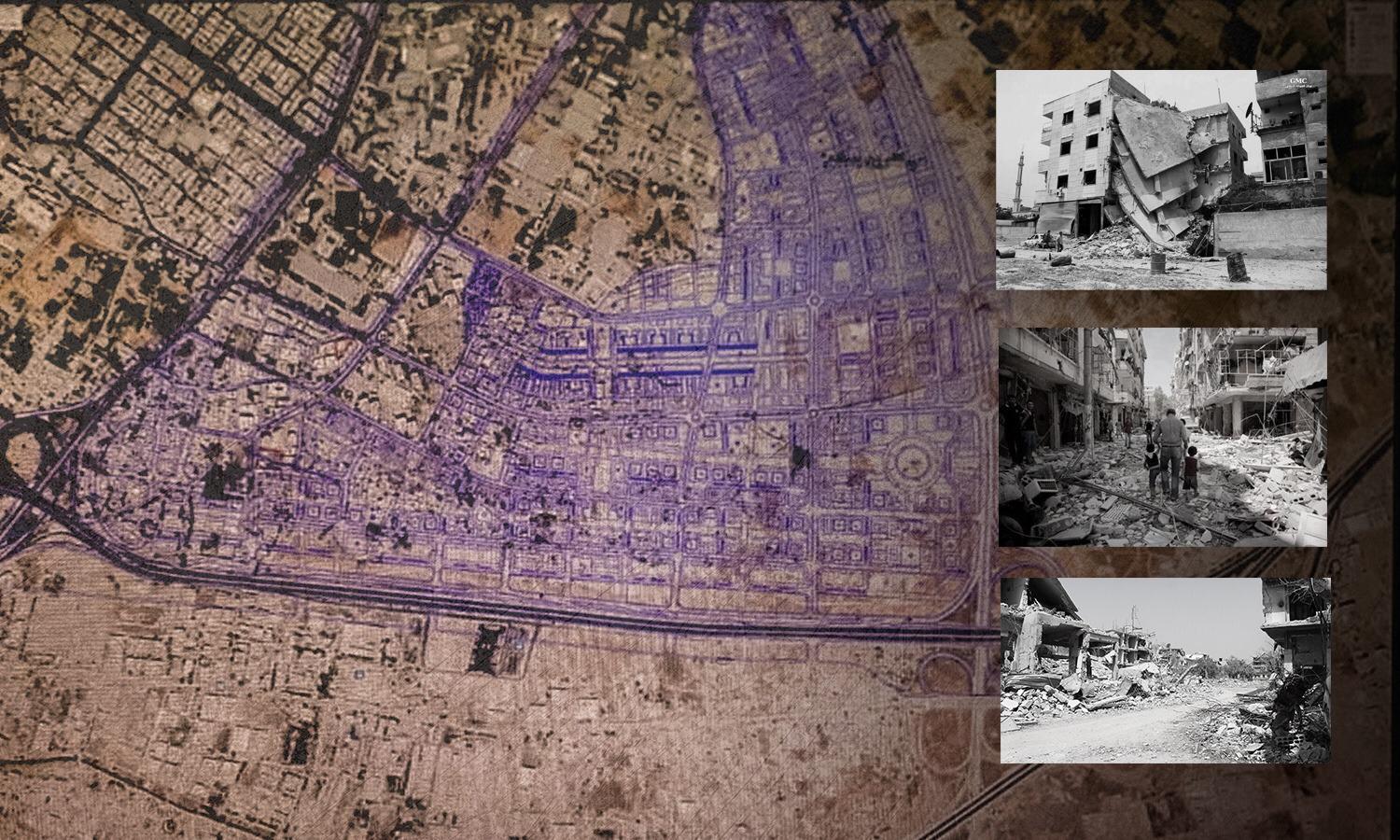
 The regulatory plan of al-Qaboun neighborhood in Damascus - edited by Enab Baladi, 2020
The regulatory plan of al-Qaboun neighborhood in Damascus - edited by Enab Baladi, 2020





 A
A
A
A
A
A

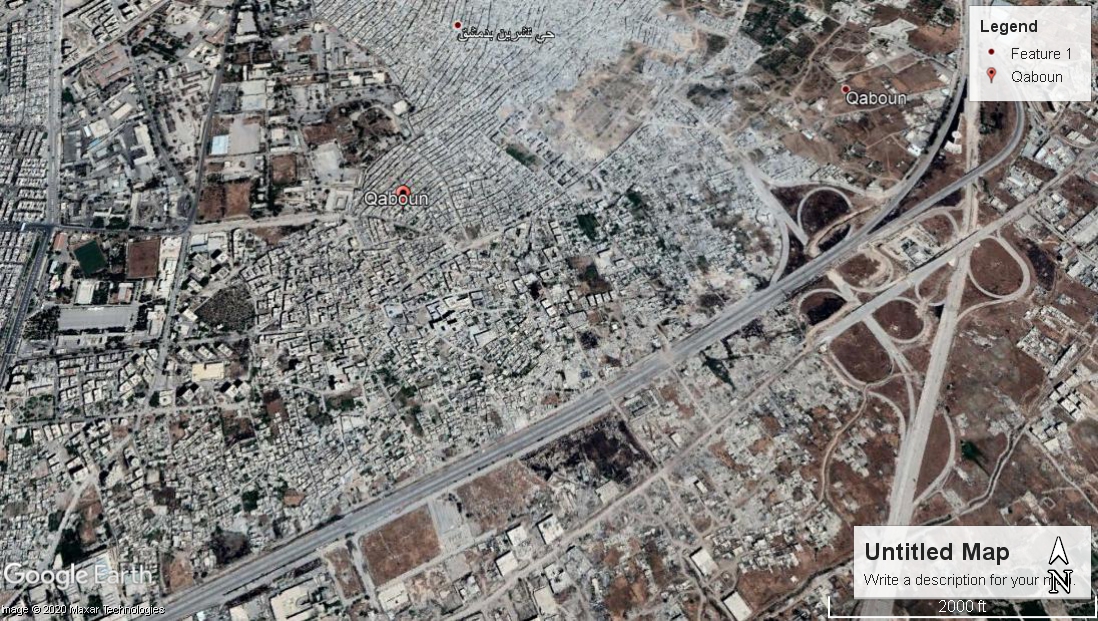


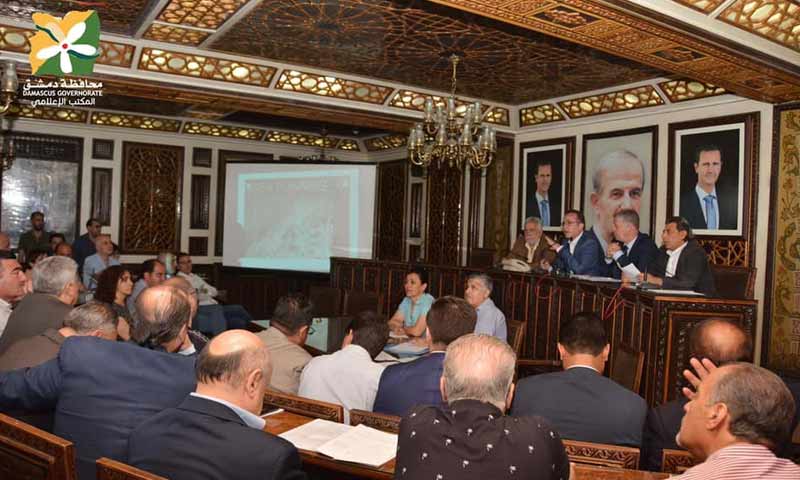
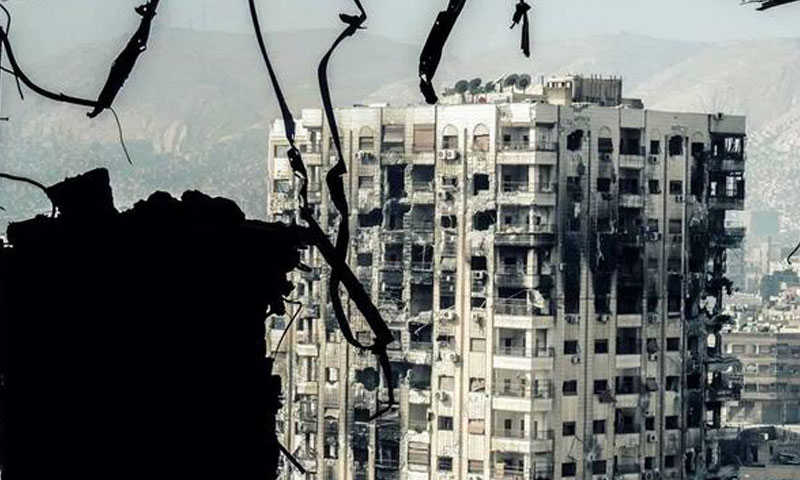

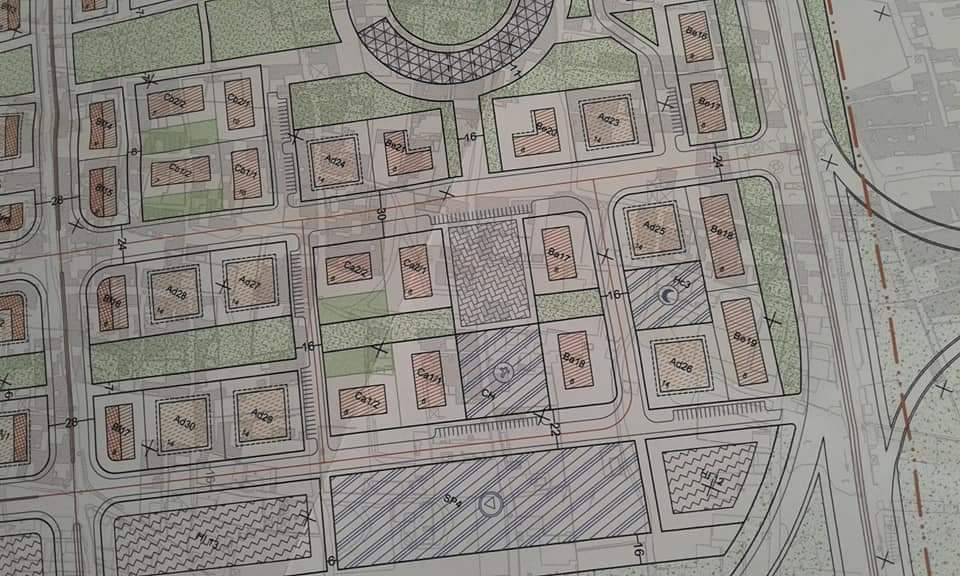
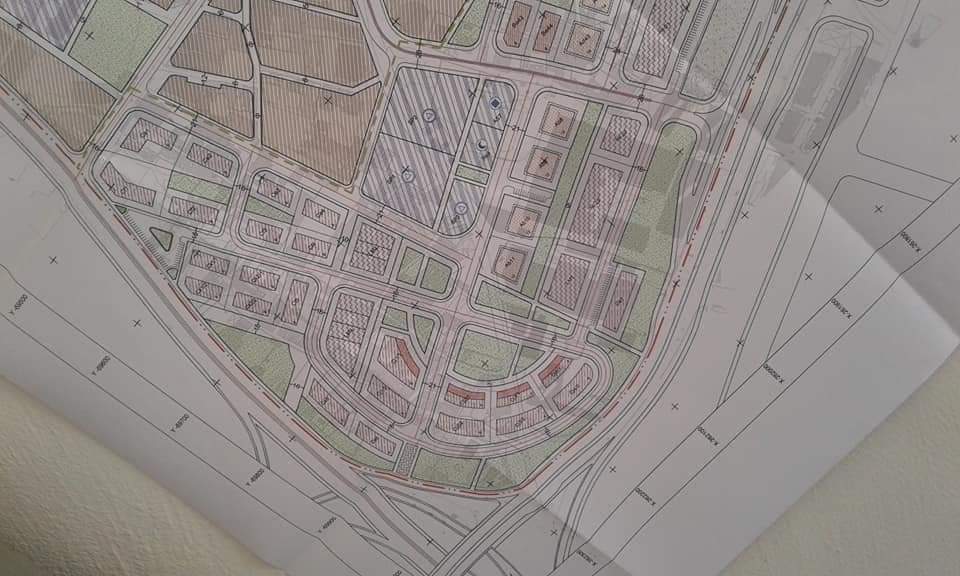
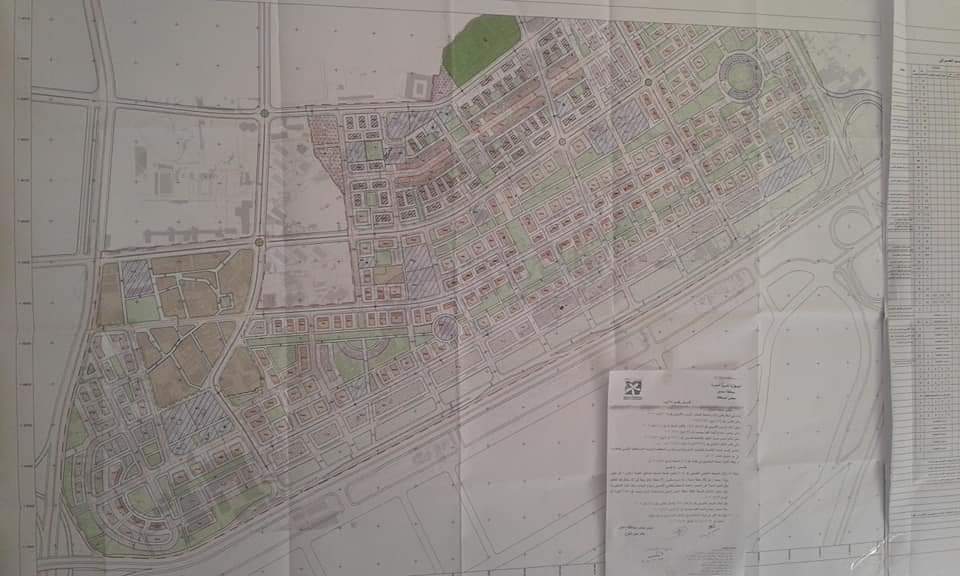


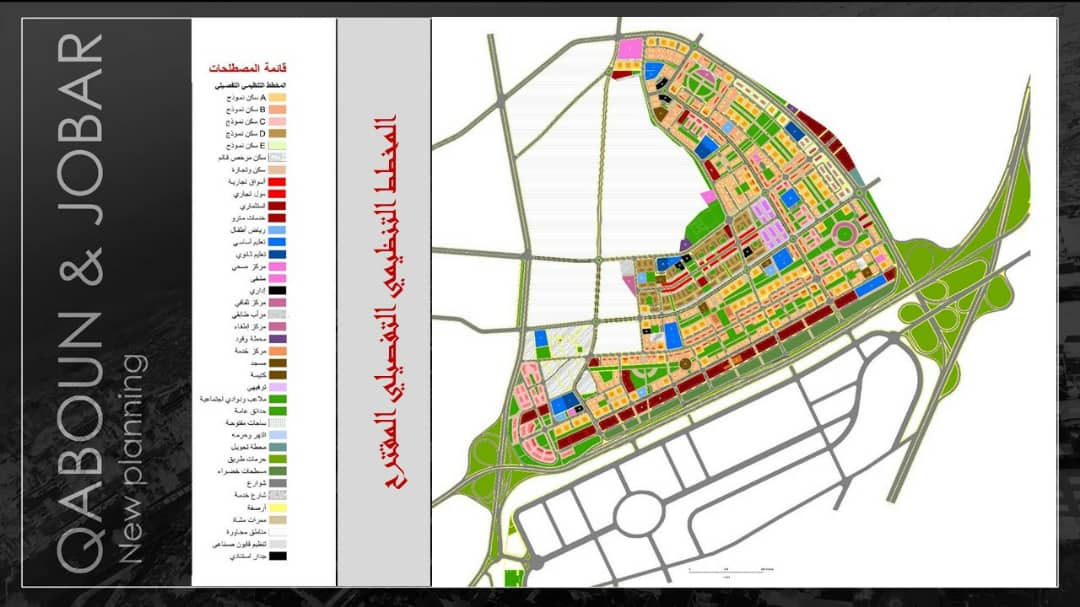

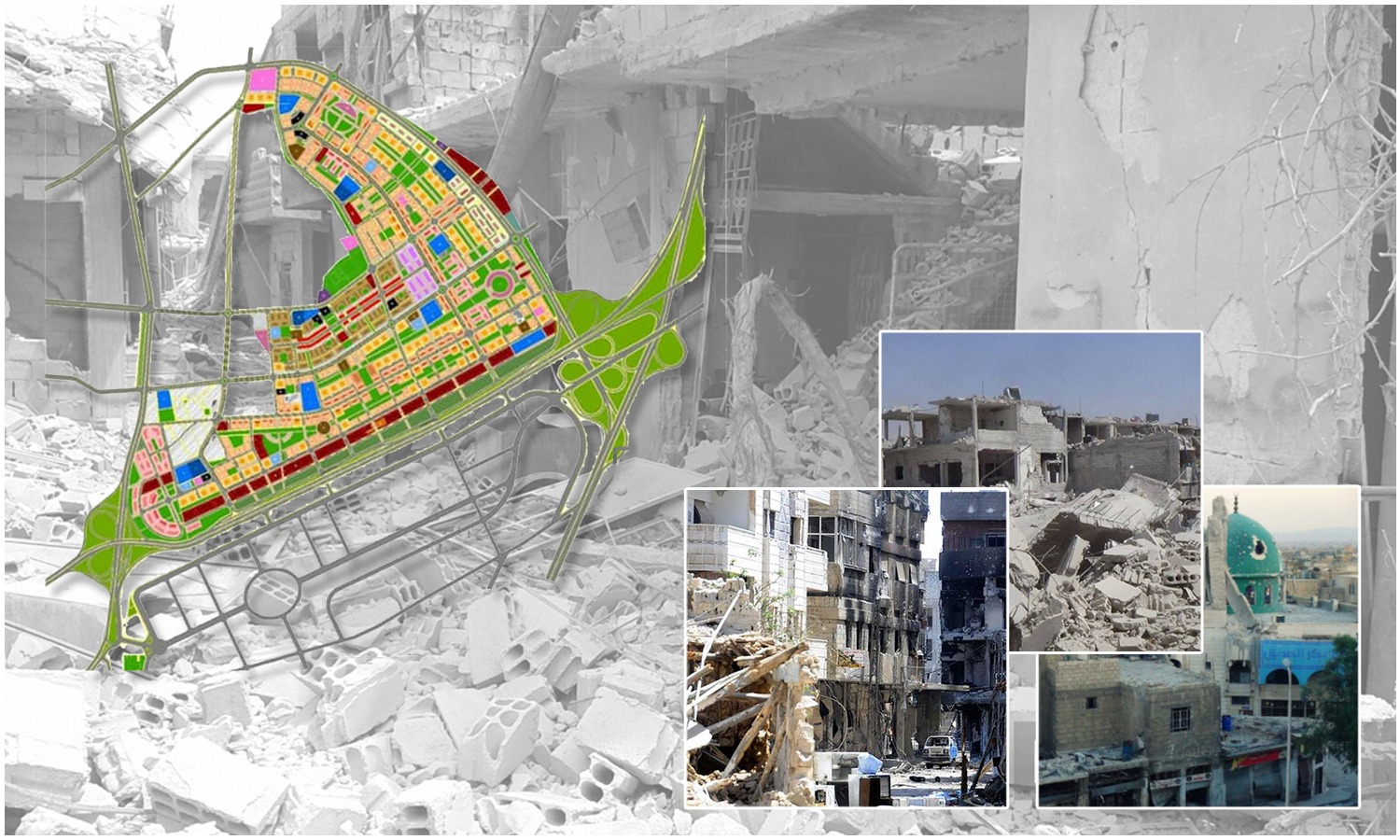




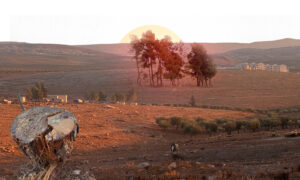
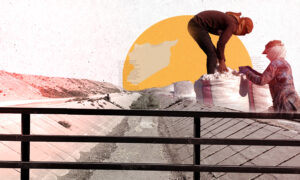

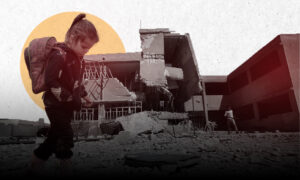
 More In-Depth
More In-Depth